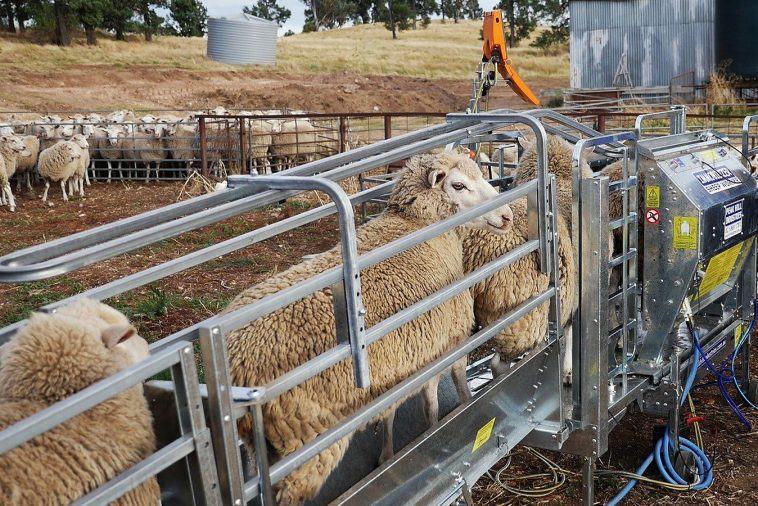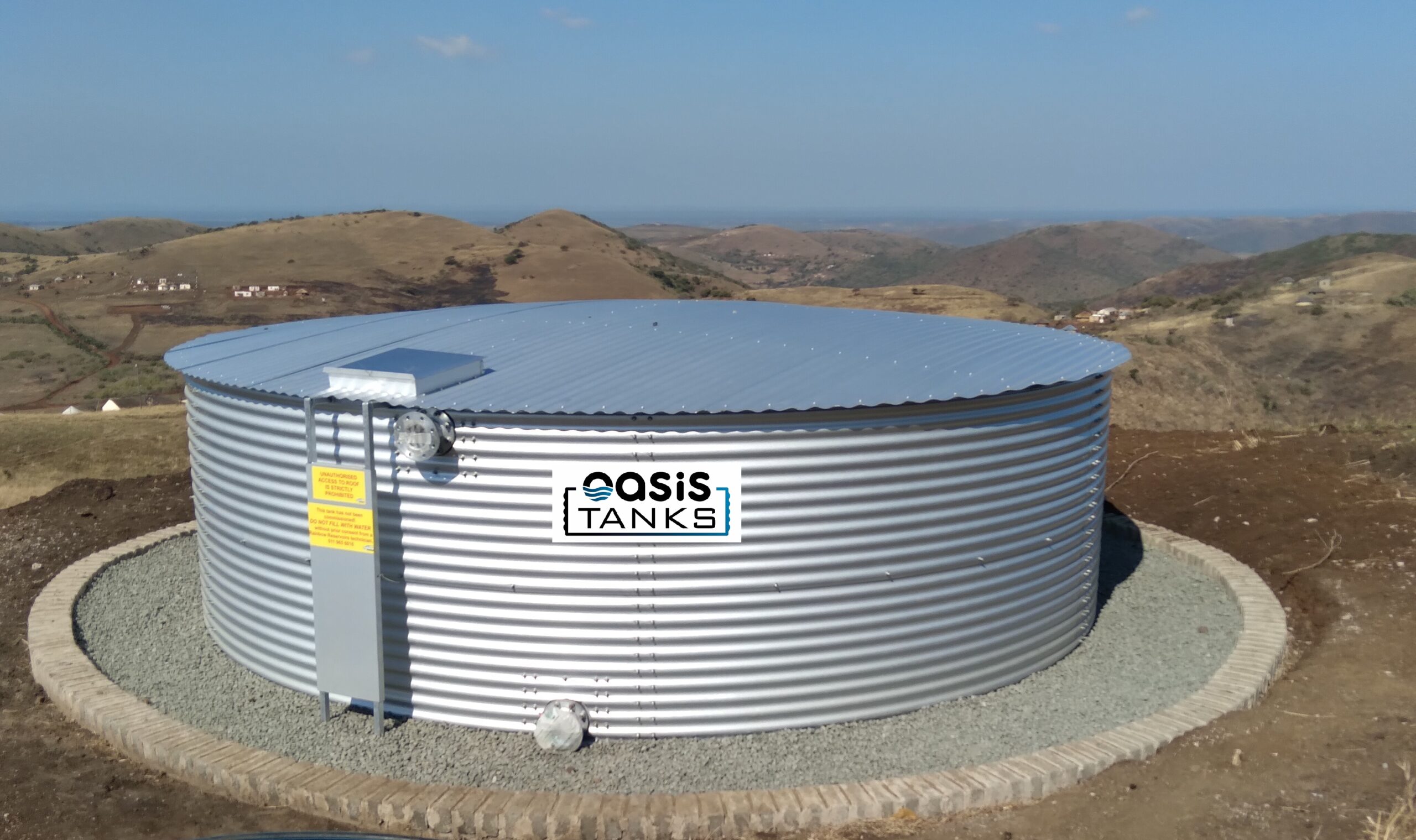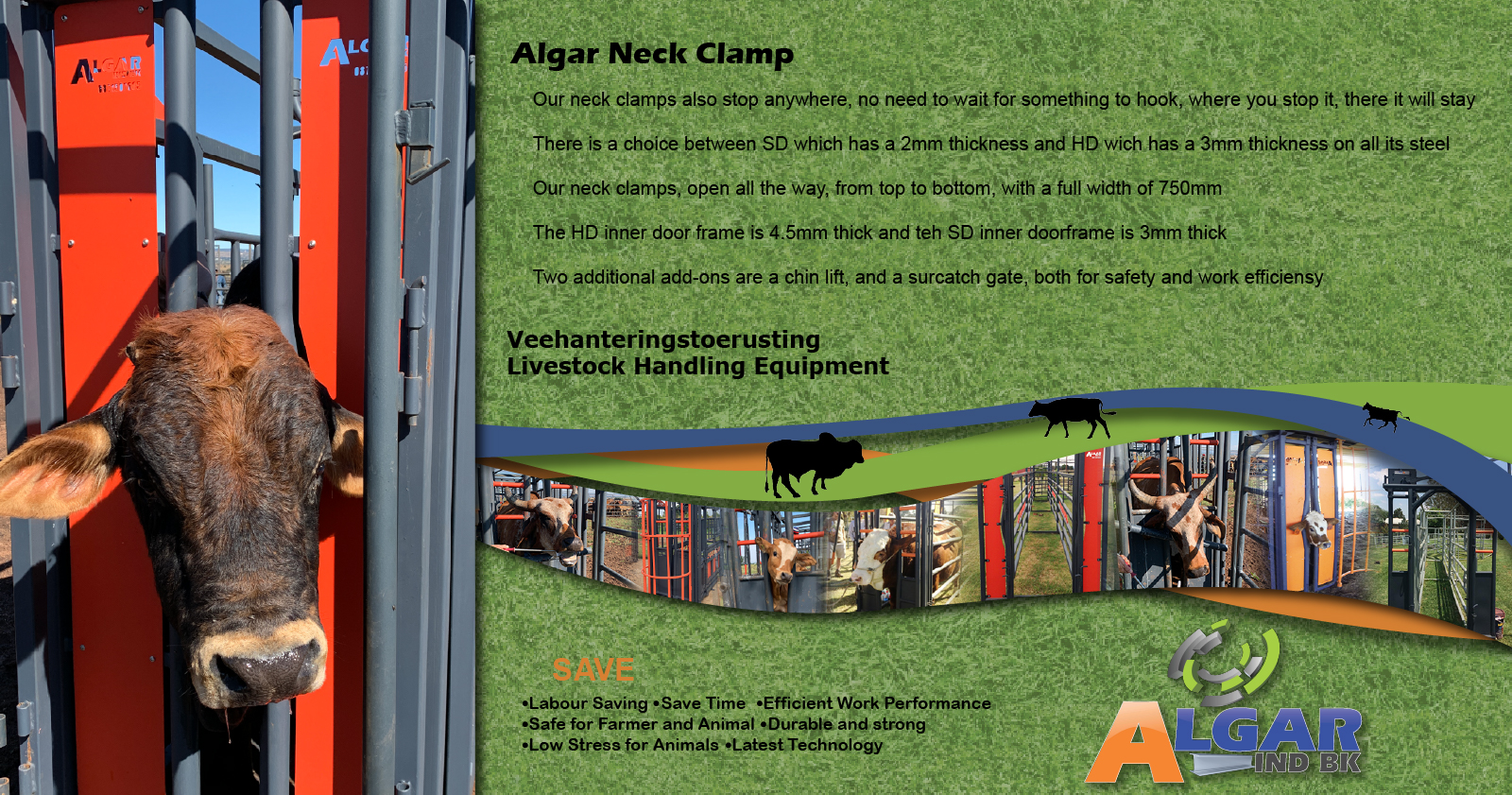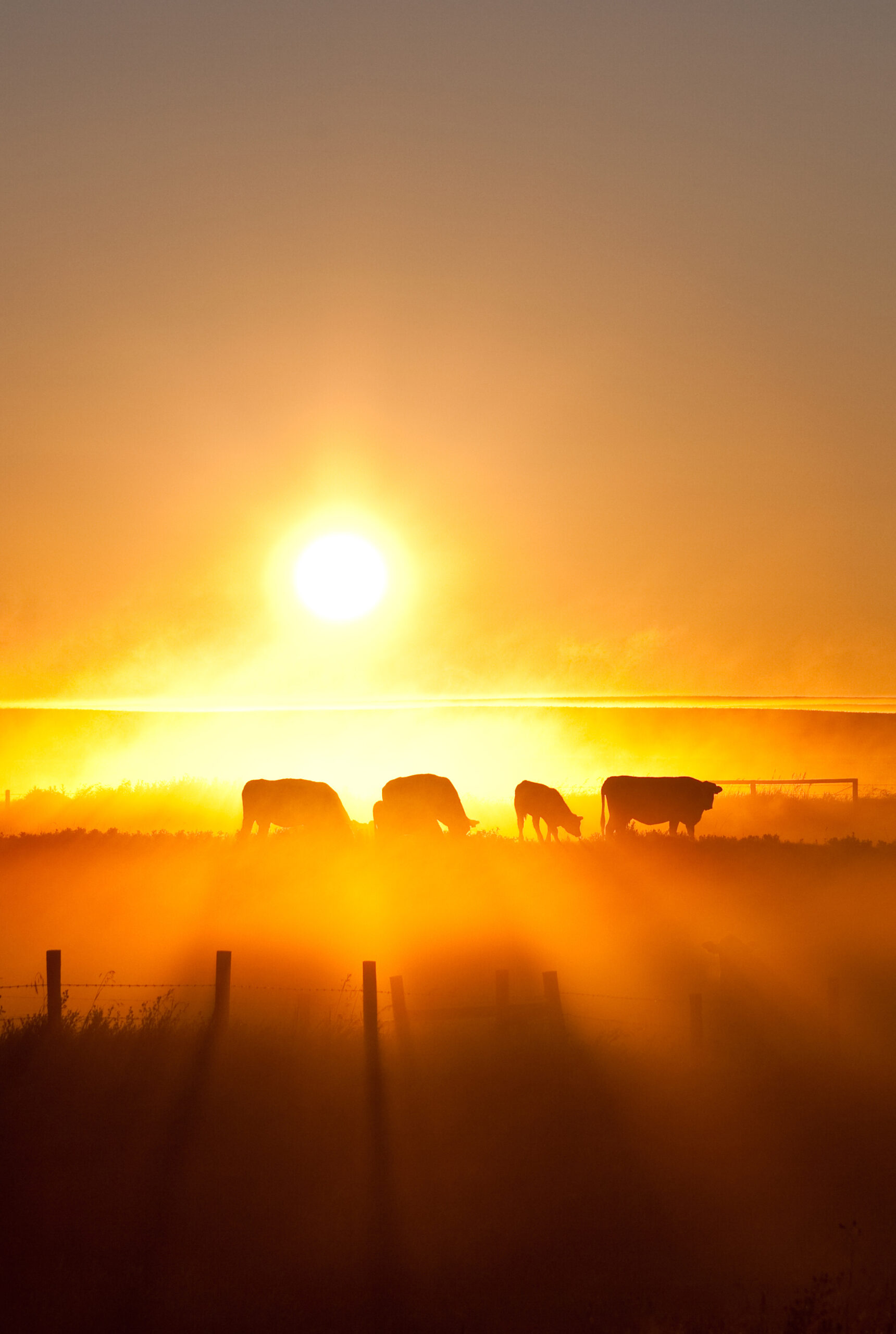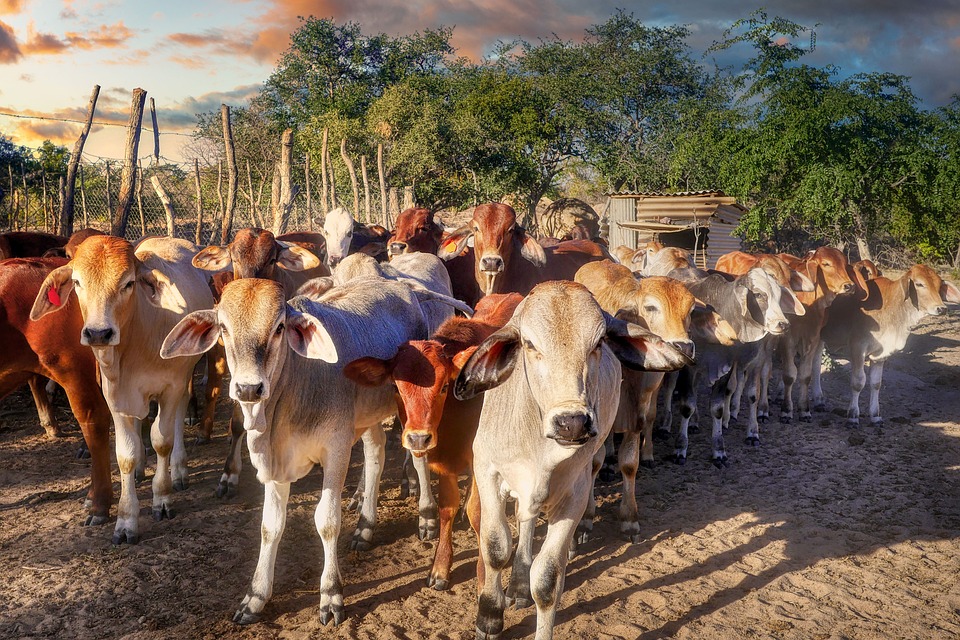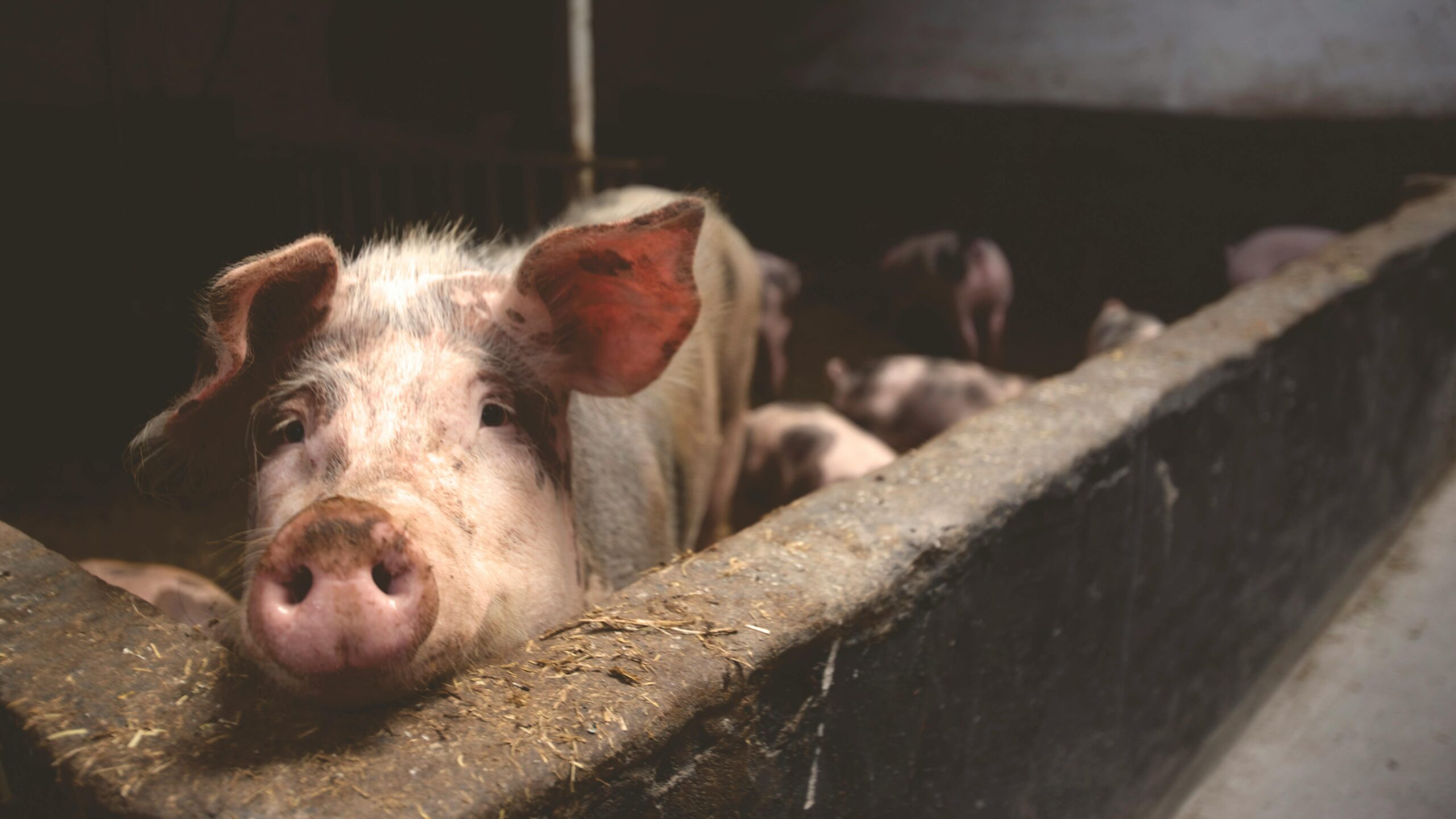Effective sheep handling equipment can cut labour hours by as much as 18%, while allowing handlers to complete a variety of tasks efficiently and safely.
The layout of the sheep farm, the labour available, and the sheep handling equipment used will determine the farm’s outputs and results. Sheep handling equipment can assist farmers with monitoring, medicating, sterilising, and processing their sheep, whilst making optimal use of the space that they have available to work with.
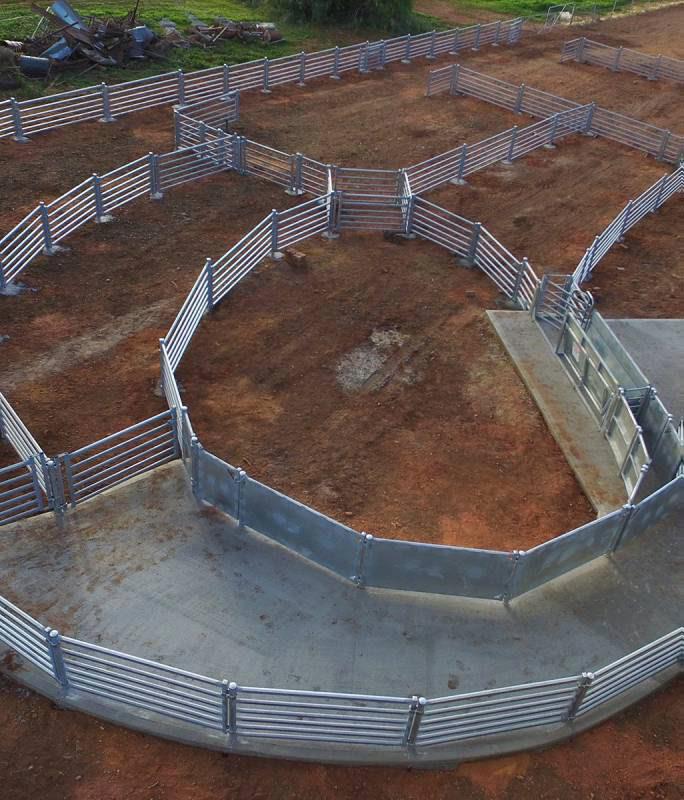
Example of a gathering pen, crowding pen and chute for sheep handling. Image: (Pixabay.com).
Restraining devices
Mechanical restraining devices make it easier, faster, and safer for one person to handle a sheep. A gambrel restrainer is a device made of PVC plastic. It is placed over the sheep’s neck and has slots on either side to hold both front legs of the sheep. Without the use of its front feet or the ability to raise its head, the sheep is immobilised. Hunters use gambrels to hang animal carcasses.
A sheep “chair” holds a sheep on its rump in the shearing position. The chair consists of a metal frame with plastic netting or mesh attached to the top and bottom of the chair. The frame is hooked over a gate or leaned against a building. The sheep is backed into the chair, until it “sits.” The primary purpose of a sheep chair is to position and restrain a sheep for hoof trimming; however, in this position many other things can be done to the sheep. The chair provides easy access to the sheep’s ears, mouth, brisket, udder, and testicles. It can also be used for a caesarean section. The chair is laid out flat and the sheep’s legs are tied to the frame.
A trimming or blocking stand can be used to restrain a sheep for various purposes. Stands allow you to work on a sheep without bending over. A neck piece holds the sheep secure. Most sheep quickly learn not to step over the edges of the table. Some stands have a winch that allows the user to raise and lower the deck of the chair.
A turning cradle or tilt table grips the sheep and turns it on its side or upside devices down. Cradles and tilt tables are easier to use when they are attached to chutes. The primary purpose of these devices is hoof trimming. Hoof trimming is one of the most laborious tasks associated with sheep raising. If you have a lot of sheep, a turn table can “save” your back.
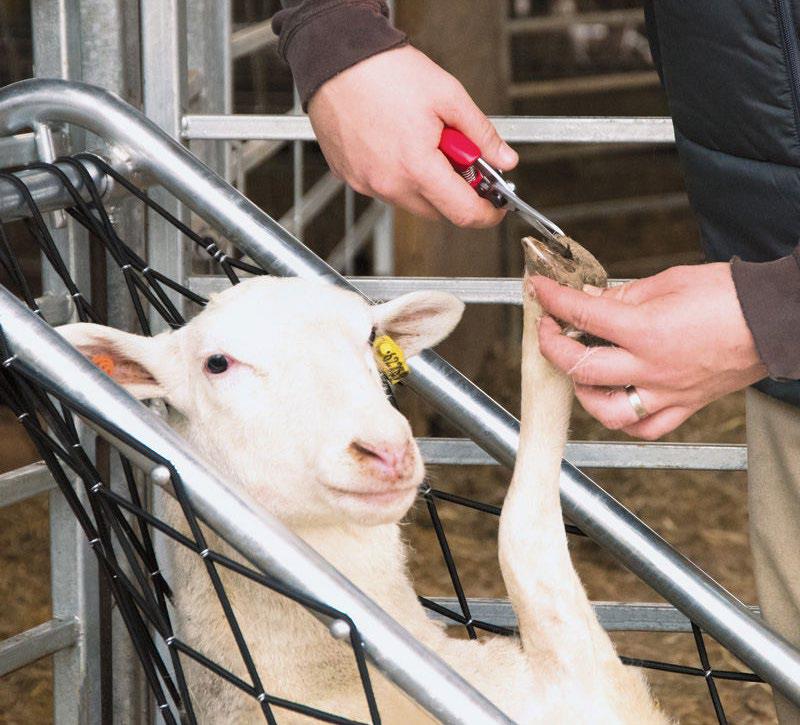
A sheep chair used to trim the hooves of the sheep.
A shearing table restrains a sheep for shearing and enables a farmer to do his own shearing. It is especially useful for producers who lack the skill or physical ability to shear sheep the conventional way.
While all restraining devices will cause some degree of stress, they should not cause pain to the sheep. Sheep will remember bad experiences and the person causing their pain. Sheep can be trained to accept voluntary restraint and under research conditions have demonstrated the ability to select the least stressful method of restraint.
Sheep handling equipment
In a small flock, sheep can be handled while they are crowded into a small pen. For a larger flock, a handling system is recommended. A handling system is a set of interconnecting working pens. How many sheep are needed to justify the expense of a handling system depends upon the need for handling, the cost of the system, and the preferences of the shepherd. Handling systems usually pay for themselves quickly.
Sheep handling systems can be constructed of wood, steel (galvanised or painted), or aluminium. They can be permanent or portable facilities. Handling systems that work for sheep are usually also suitable for goats.
The complexity of a sheep handling system depends on the flock size and the need for handling. The basic components of a handling system are a gathering pen, crowding pen, chute, and cutting or sorting gate.
Gathering pen
The gathering pen is a large, enclosed area that is used to receive the sheep before they are put into the crowding pen. It should be large enough to accommodate the largest number of animals that will be worked at one time. It may need to be big enough to hold all the ewes and their lambs at one time. 0,46 to 0,56 square metre per ewe and 0,27 to 0,37 square metre per lamb is recommended. The panels and gates used to make the gathering pen should be open. The gathering pen may serve other uses on the farm.
Crowding pen
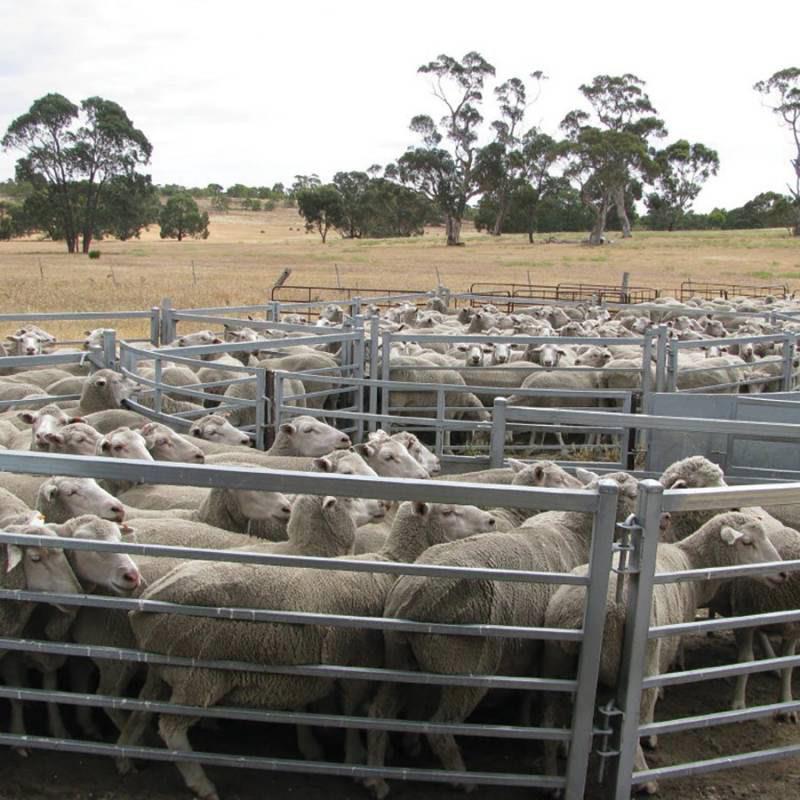
Sheep in a crowding pen. Image: (Pixabay.com).
The crowding (or forcing) pen is used to direct sheep into a chute. It can also be used to select individual animals for treatment or to closely inspect them. The crowding pen can serve as a catching pen for small flocks. Crowding pens can be circular or rectangular in shape. The sides should be solid, so that the sheep will not be distracted, and they will follow their flock mates into the chute.
Chute
The chute (or raceway) is where the sheep will move through, usually in single file. The front end of the chute should be kept open so that the sheep do not see a dead end. Sheep must always think there is a way out. Once the chute is full, the shepherd usually stands next to it and reaches over the side to treat and handle the sheep.
Once all the sheep have been worked, they are sorted and/or released, and the chute is refilled with sheep from the crowding pen, which in turn is refilled with sheep from the gathering pen. Young lambs will flow through the handling system more easily if they are with well-trained older sheep for the first few times. A lead animal can also be used to get the flock started through the chute.
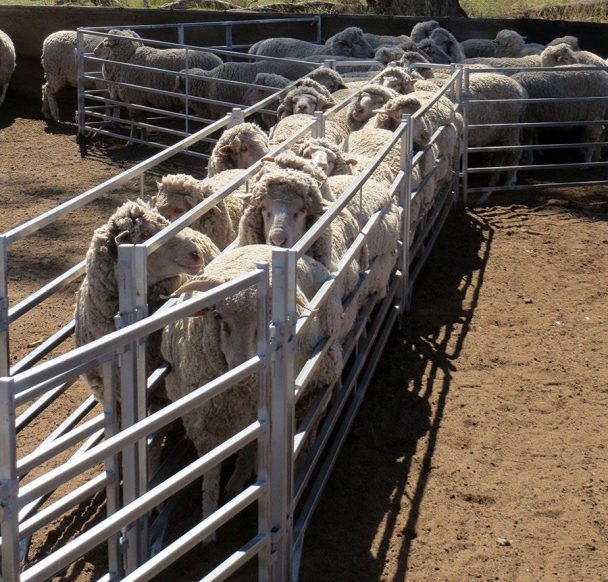
Sheep in a chute. Image: (Pixabay.com).
The length of the chute depends on flock size, but should be a least 0,74 metres long. Longer chutes can be divided with gates. Sheep must be able to see through these gates. Proper chute width is critical. The chute must be narrow enough so that the sheep cannot turn around. Most chutes have sloping and/or adjusting sides to accommodate different size animals and fleece lengths.
Anti-backup devices can be installed to prevent the sheep from backing or piling up. The chute should not be higher than 91 centimetres, or else the shepherd won’t be able to reach over it. At the end of the chute, there should be a cutting or sorting gate which leads to holding pens, a loading ramp, or back to the pasture.
The handling system may include other components such as a turntable or cradle, head gate, elevated platform, scales, foot troughs, or loading ramp. A head gate locks the sheep’s head so that it cannot move forward or backwards. Any number of tasks can be performed when an animal is secured in a head gate. Foot troughs can be set in the chute and filled with chemicals to treat or prevent foot rot or foot scald. Working sheep on an elevated platform will reduce bending.
Herding dogs
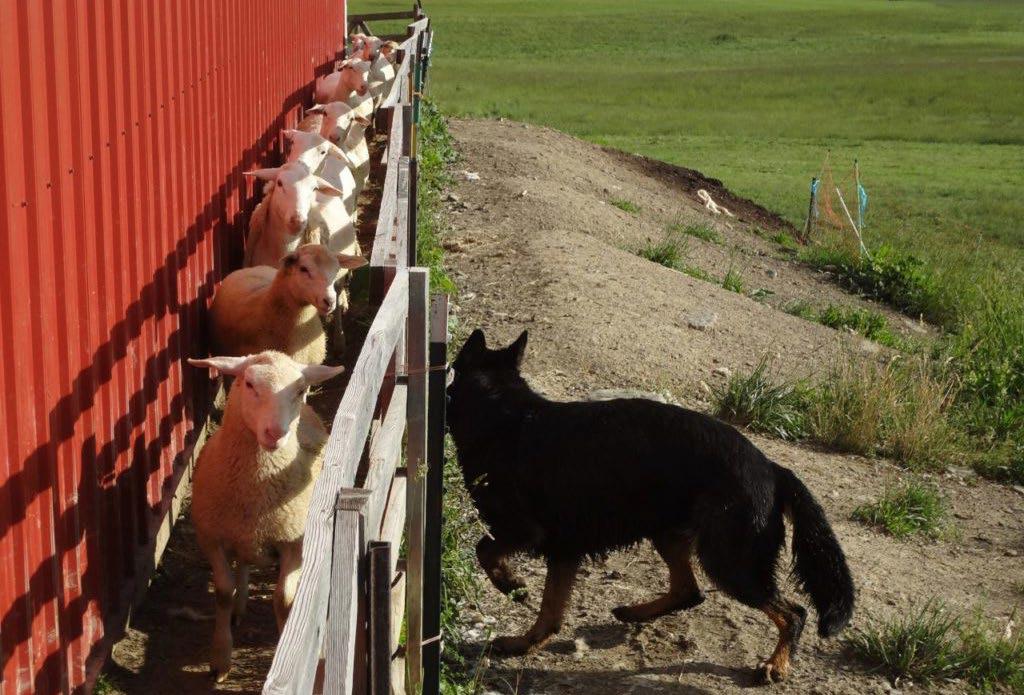
A well-trained herd dog can save a shepherd a great deal of time and effort when gathering, holding, and moving sheep. At the same time, a poorly trained dog will do more harm than good and will greatly stress the sheep. The use of herding dogs utilizes the predator-prey relationship. Many breeds of dogs are used for working sheep, but the Border Collie is the most popular.
We thank the ARC Institute for Agricultural Engineering in South Africa who made their manual on sheep production and facilities available to the readers of ProagriMedia.

